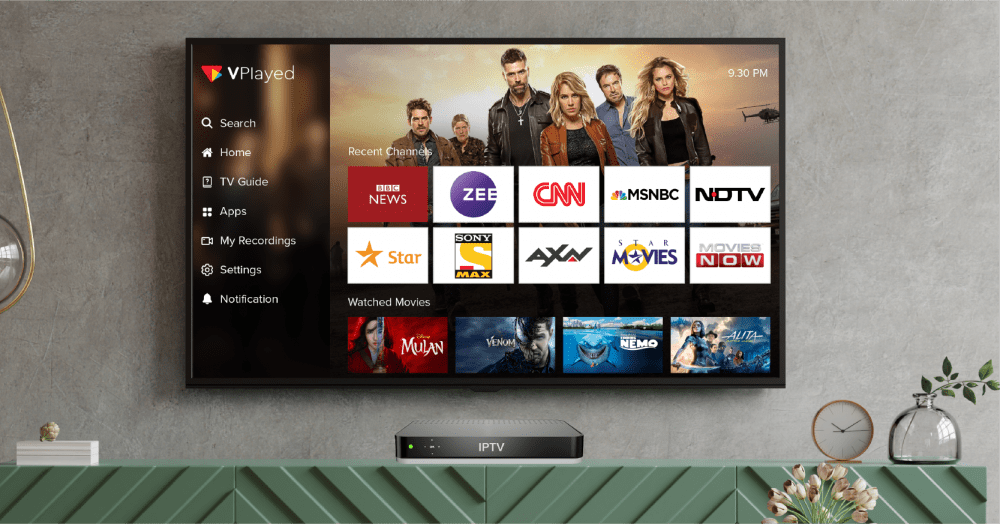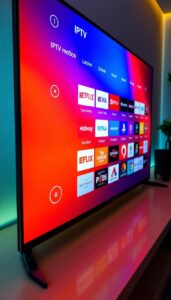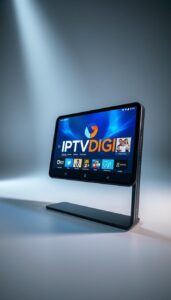Can You Use IPTV On Multiple Devices?
For the most part, if you’re reading this, you’ve probably heard about IPTV by now and all the hype around it being the next “best thing” for global content viewers.
But what is IPTV and why is it gaining so much traction? Can it even function on multiple devices or is it tied down to one? Why can an IPTV service benefit me? These will be the questions we will answer throughout this blog post for you!
If you’re interested in some of the latest technology that can benefit your watching experience, read along with us to find out more.
What is IPTV?
Nowadays, everything needs to be done with speed and efficiency for people to trust and enjoy a product or service. As it seems that every new device that people buy is razor-sharp and wastes no one’s time.
Convenience is another main factor that people take into consideration when choosing a product or service to purchase – as they want to enjoy their favourite entertainment from time to time.
This is exactly the promise if you buy IPTV service for your household. IPTV uses pieces of internet technology to deliver content on the spot – allowing you to watch your favourite TV shows or programmes from your laptop/ PC and mobile devices. On the other hand, with normal television, you would be watching TV through a fibre-optic cable or radio waves and stuck to just your television.
For the most of us who would rather watch IPTV on our normal TV, you’ll need to upgrade to a smart TV (if you already have one, then that is perfect) or purchase a set-top box (with a USB dongle stick like Google Chromecast). With the set-top box being the cheaper option to save you some money, this is likely the option you’ll take.
If you’re without a smart TV, to set up your IPTV service and subscription in the comfort of your own home, you’ll need a router that will connect to the set-top box you’ve purchased, a wireless internet connection, a set-top box with a USB dongle stick to convert your IPTV signals into signals that can be watched on television and having any other devices (smartphone, laptop, tablet, etc) that can access IPTV directly through the internet.
Best IPTV Services
In 2022, you can find countless IPTV providers – and it can be difficult to know which ones are worth purchasing. This is where we come in – here are some of the best IPTV services in 2022.
IPTVDIGI
With an IPTV provider, everyone wants as much access as possible and that is what IPTVDIGI gives you. It has almost an unlimited offer of channels ranging over 21,000 with over 2000 live channels and 244000 movies and television programmes! No matter where you are in the world, IPTVDIGI grants access to different channels all over the world.
With its high-quality streaming definition, everything will be as clear as day when watching your favourite entertainment. Many providers out there are quite complicated and take a while to download, but with TV supreme you will see your downloading bar finish within minutes!
Using IPTV on Multiple Devices
So “can I use IPTV on multiple devices?” is what you’re asking yourself at this point because your household of others who also want to watch their favourite entertainment too. The answer is yes, you can! However, there is more to it. It is possible to share IPTV subscriptions on multiple devices – you just have to be aware that if you buy a one-person subscription and try to share it, it will cause a lot of lag and your account may be restricted!
If you buy multiple one person subscriptions for you and your family, then it will allow you to watch on the first device you connect it to. Despite that, if you try it on another device, it still won’t work – as you would still have to all use your separate IPTV package for your streaming device.
On the other hand, if you were to purchase a family package, this problem is unlikely to occur and you will be able to stream content on multiple devices without the lag! Family packages allow you to watch your favourite content on multiple different devices simultaneously as it comes with a structure that permits a master device, sub-device and so forth.





